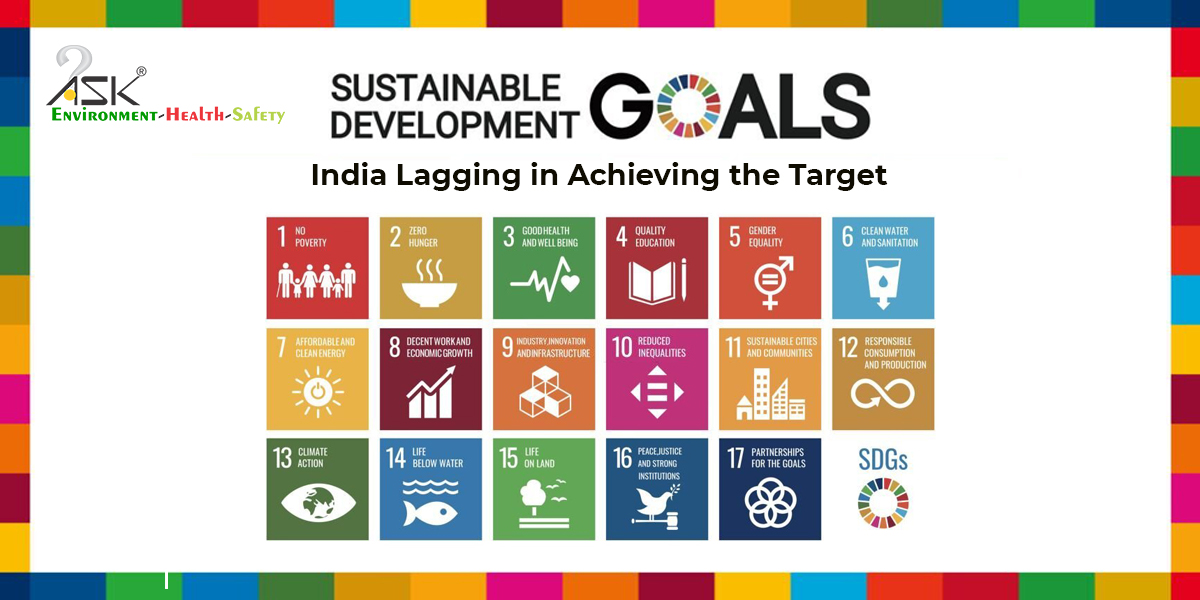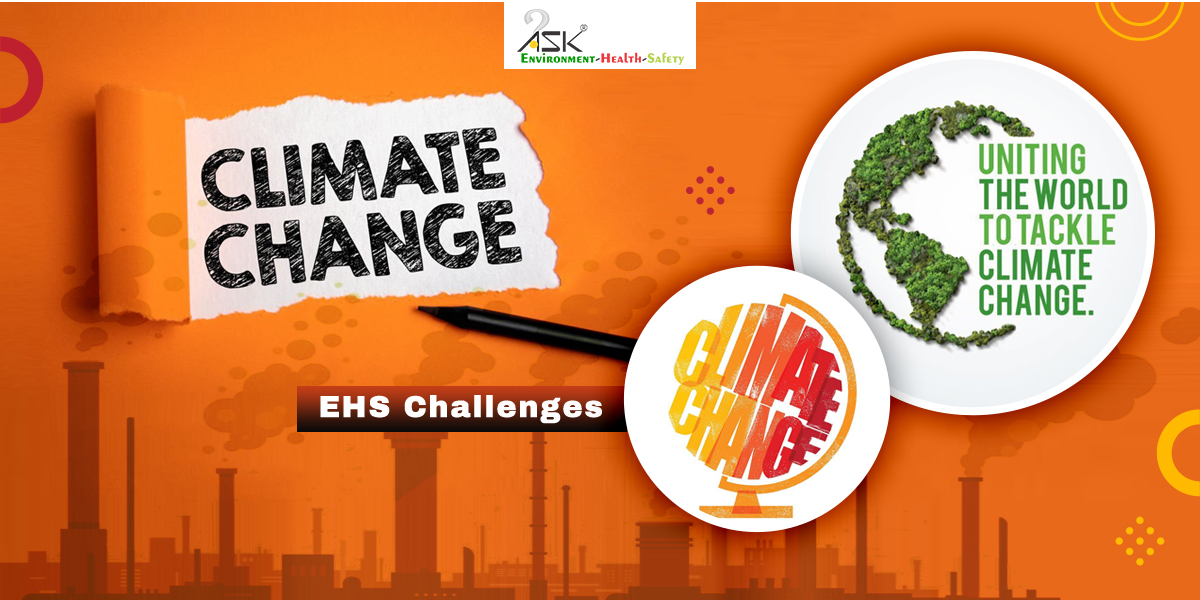Sustainability in Environment, Health and Safety

Environment, Health and Safety (EHS) together has a deep meaning and it co-exists – as ones driving this, we realize its efficacy and are striving to create societies that value all of the above.
For industries, this is extremely necessary as presently, they are facing testing times. Let us know how.
When a global pandemic disrupts the supply chain, industries scramble to get their products in bags as well as shelves – and simultaneously, they need to ensure that their manufacturing plants operate safely. Focusing on cutting down the extensive use of plastics, or cutting water consumption might seem a stretch. But, do they have any options?
Such response takes time to embrace sustainability as a whole. If they abandon their efforts by any reason, this can pose serious risks to their business and the ‘sustainability agenda’ can turn impractical in future.
As governments plan to ‘relaunch’ their economies, they are thinking about how to recover a fair, resilient and a resource efficient society.
An example is Gujarat’s Surat Municipal Corporation – on 11th November, 2020, it inaugurated a Tertiary Treatment Plant (TTP) of 35 million liters per day (MLD) capacity at Bamroli for supplying treated waste water to 68 dyeing and printing mills in Sachin GIDC.
Earlier in this case, industries were dependent on raw water from the irrigation channel and private tankers for their daily requirements. With the target of treating and supplying 550 MLD at the cost of 500 Cr by 2021, SMC is helping industries with industrial grade water for their daily usage.
Here, the main objective is the environmental need to reduce organic and suspended solids loads to limit pollution in the atmosphere.
As countries globally feel the strain on their economies, climate and natural resources are at risk of becoming the pandemic’s next victim. If concerned, even in the midst, industrial leaders can take interests, particularly towards sustainable infrastructure, green jobs, and environmental resilience.
But the execution can be challenging. While on one hand, industries are making few structural shifts such as remote working, shorter distance business travels to de-risk their operations, on the other hand, the risk of significant rise in emissions seems much more likely due to –
- Asset base is carbon dependent– as economies restart, industries will revert to using high levels of coal, oil and gas
- Cheap fossil fuels– for the first time in the US history, oil prices turned negative that induced oversupply of coal and gas
- Shift in focus– with priorities being jobs, health and well-being on the forefront, long-term climate challenges can be put on hold.
We need to prepare better
Where the world stands on crossroads, we have two options – either we can seize the moment and work on it diligently, or go back to the things as they were, causing more damage.
Some consumer companies are responding. Small but visible efforts can have a lasting effect. Their actions are visible through their different approaches. Which are –
- Implementation of welfare programs, introducing social distancing and hygiene practices with support from suppliers
- Sustainability agendas such as introducing technologies like block chain to enhance transparency on product sourcing and manufacturing and prioritizing products suitable for home consumption
- Integrating sustainability into their organization’s fabric with efforts such as minimizing packing, cutting wastes and optimizing delivery routes
But one should not forget that none of this is easy to accomplish. Even before the crisis hit, these goals seemed far-fetched.
The difference between then and now lies in embedding environmental and social changes and building back better as a whole to advance traceability and transparency across organizations.


